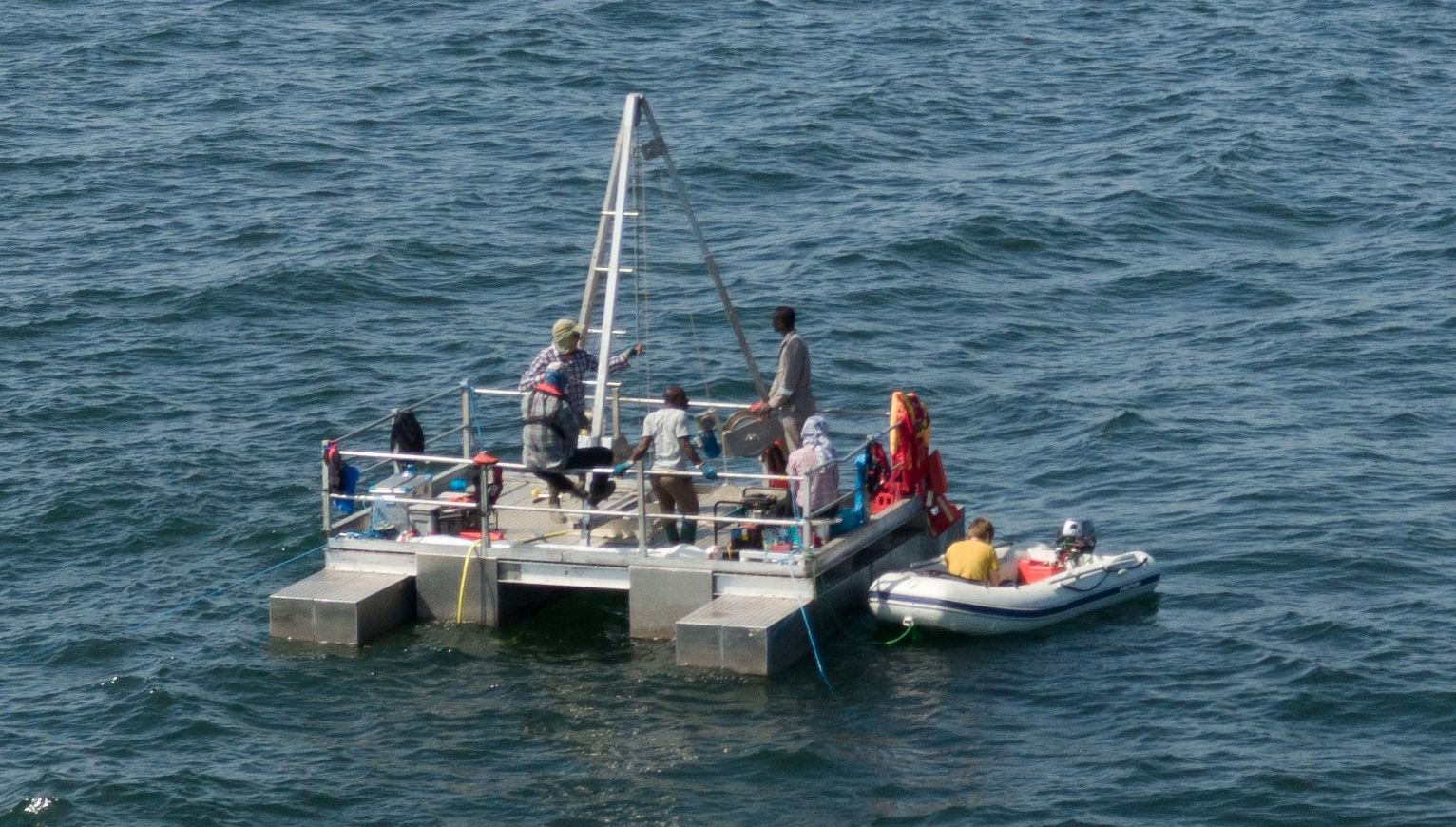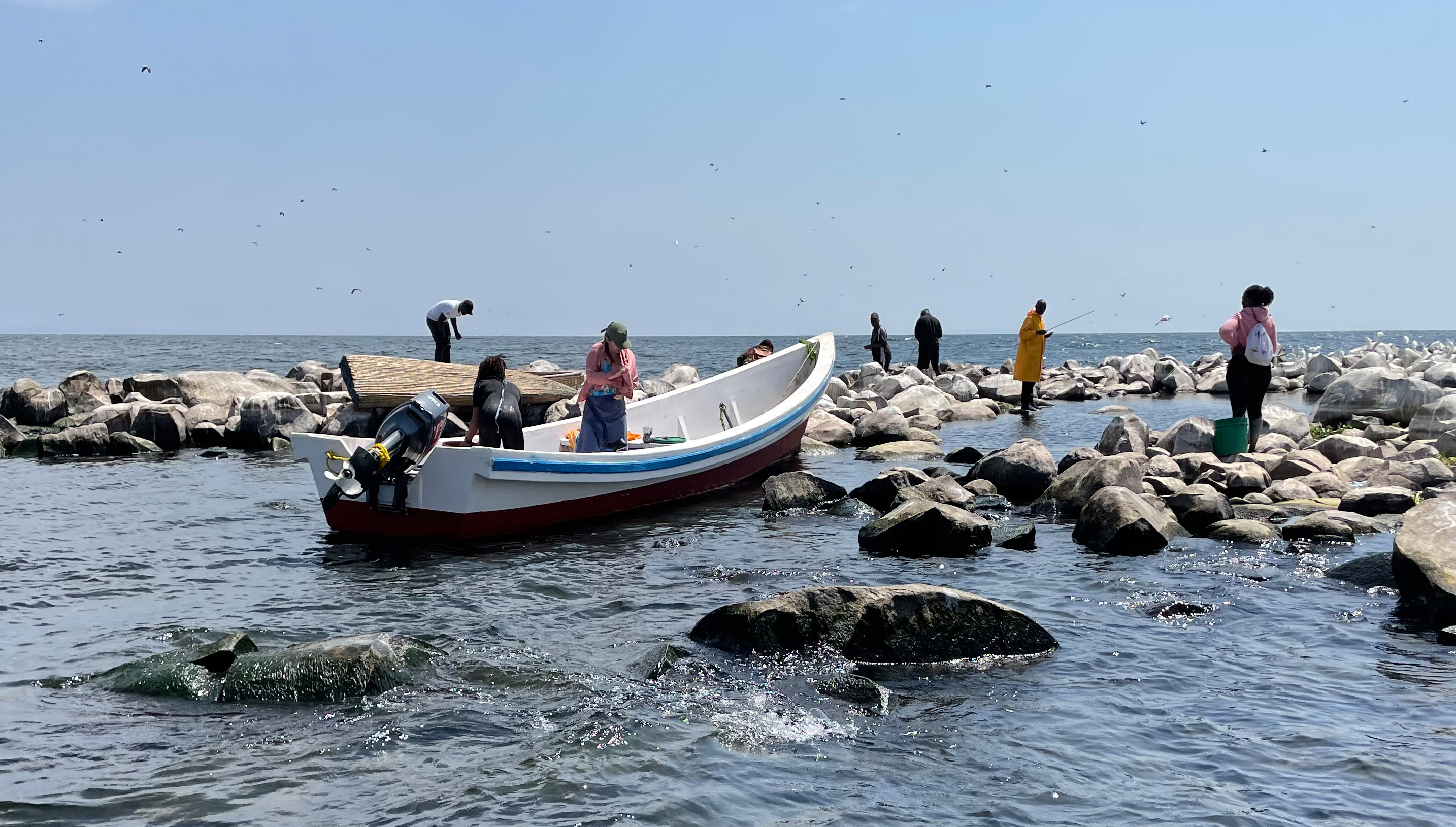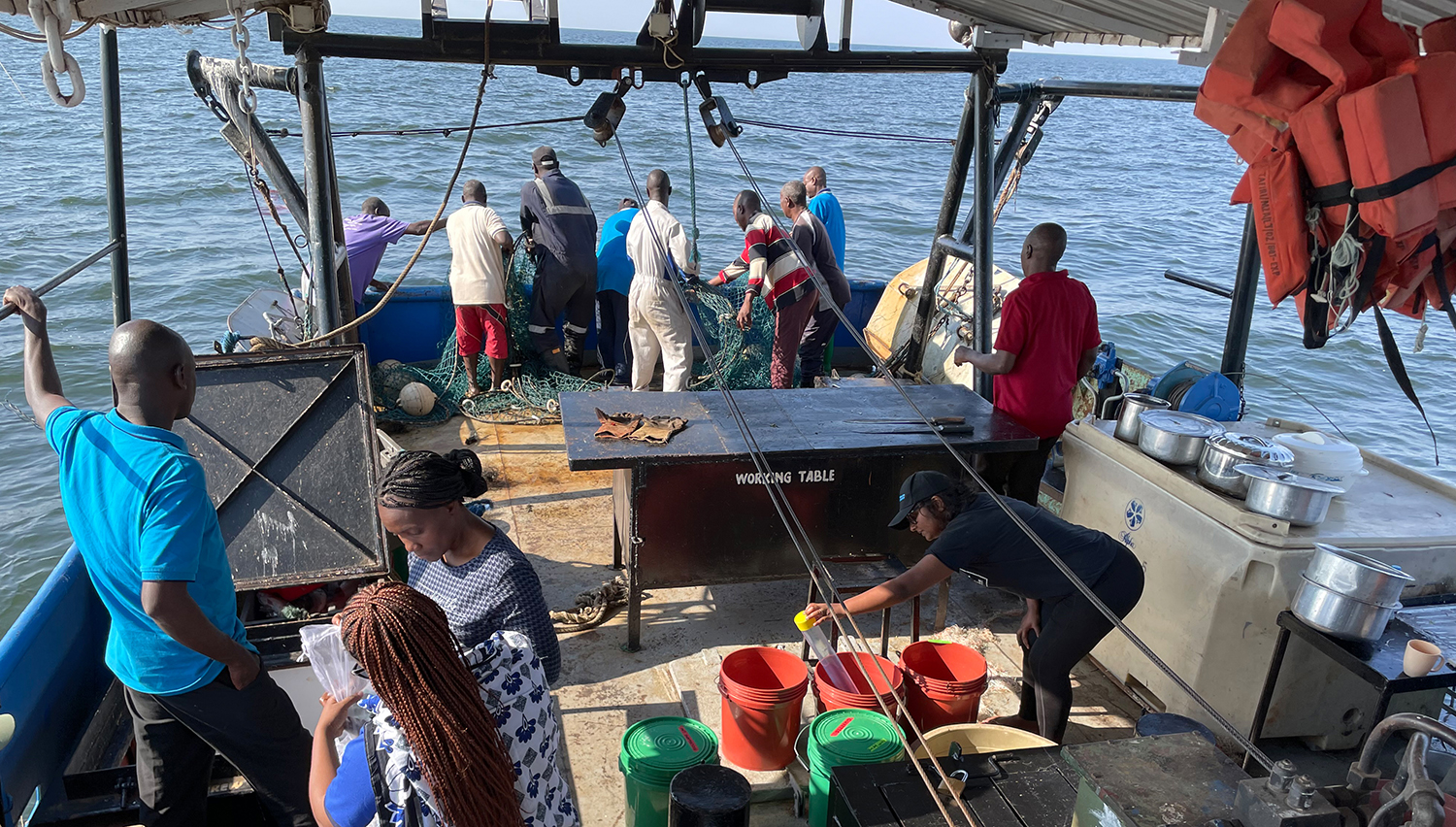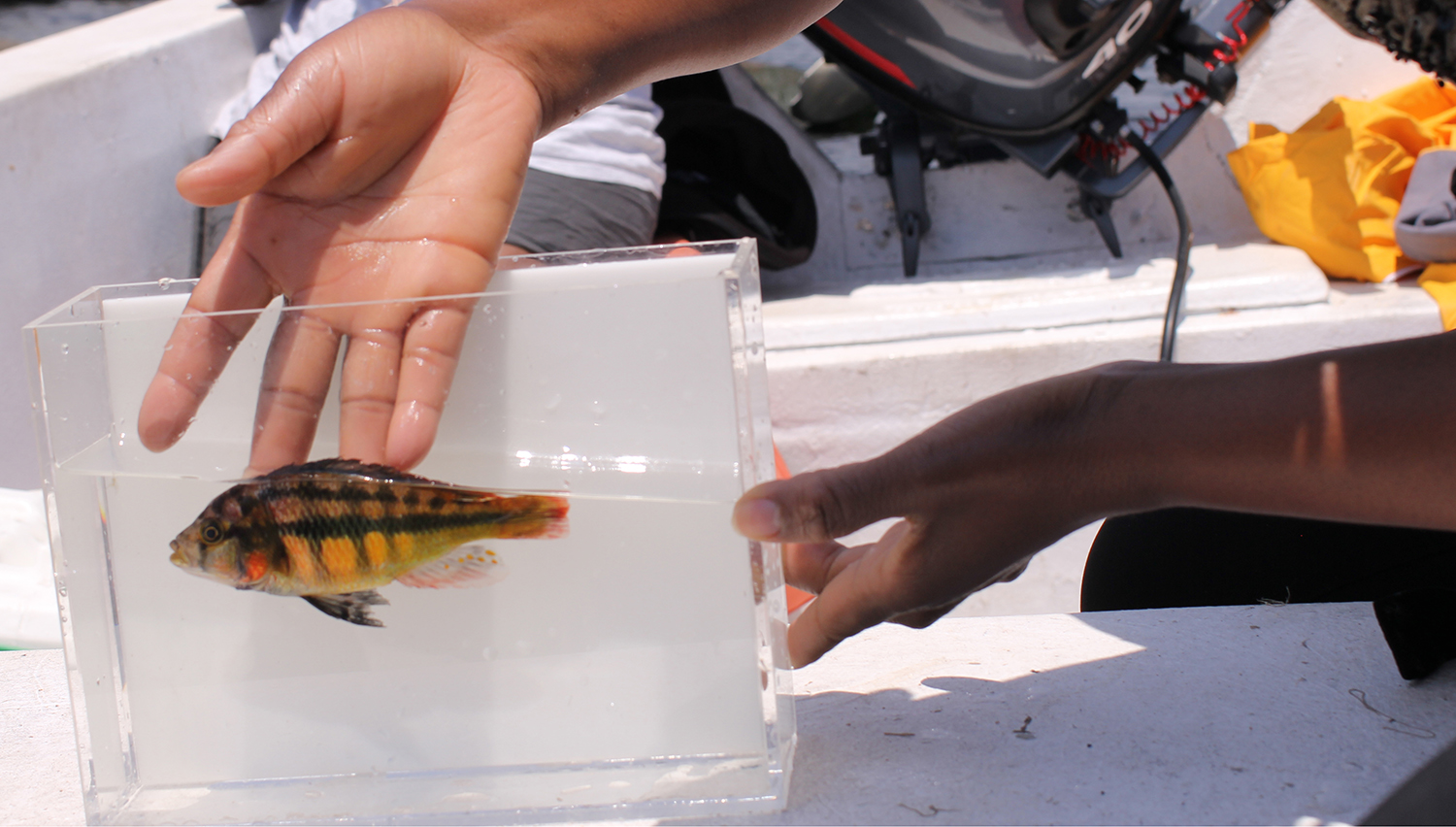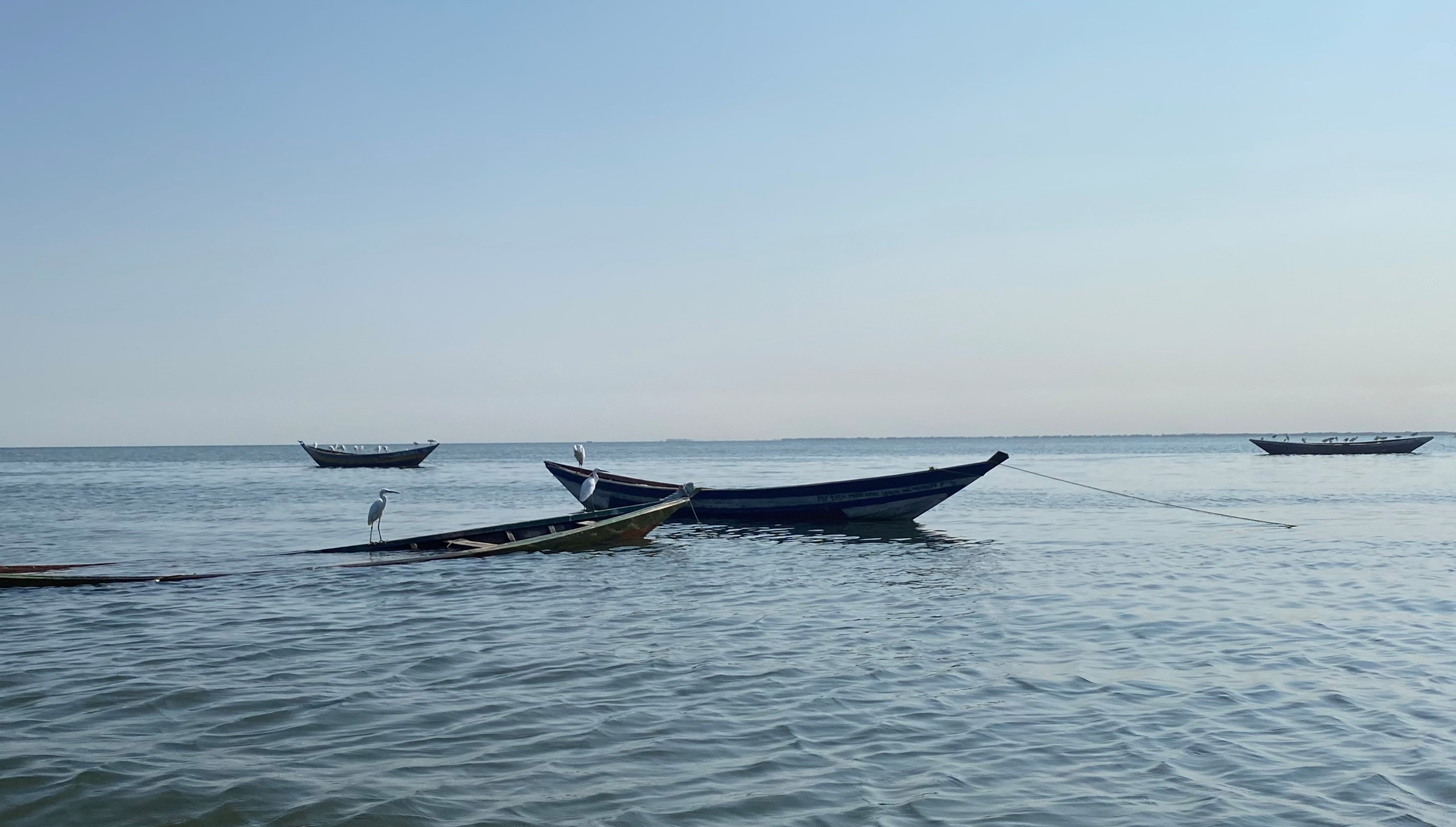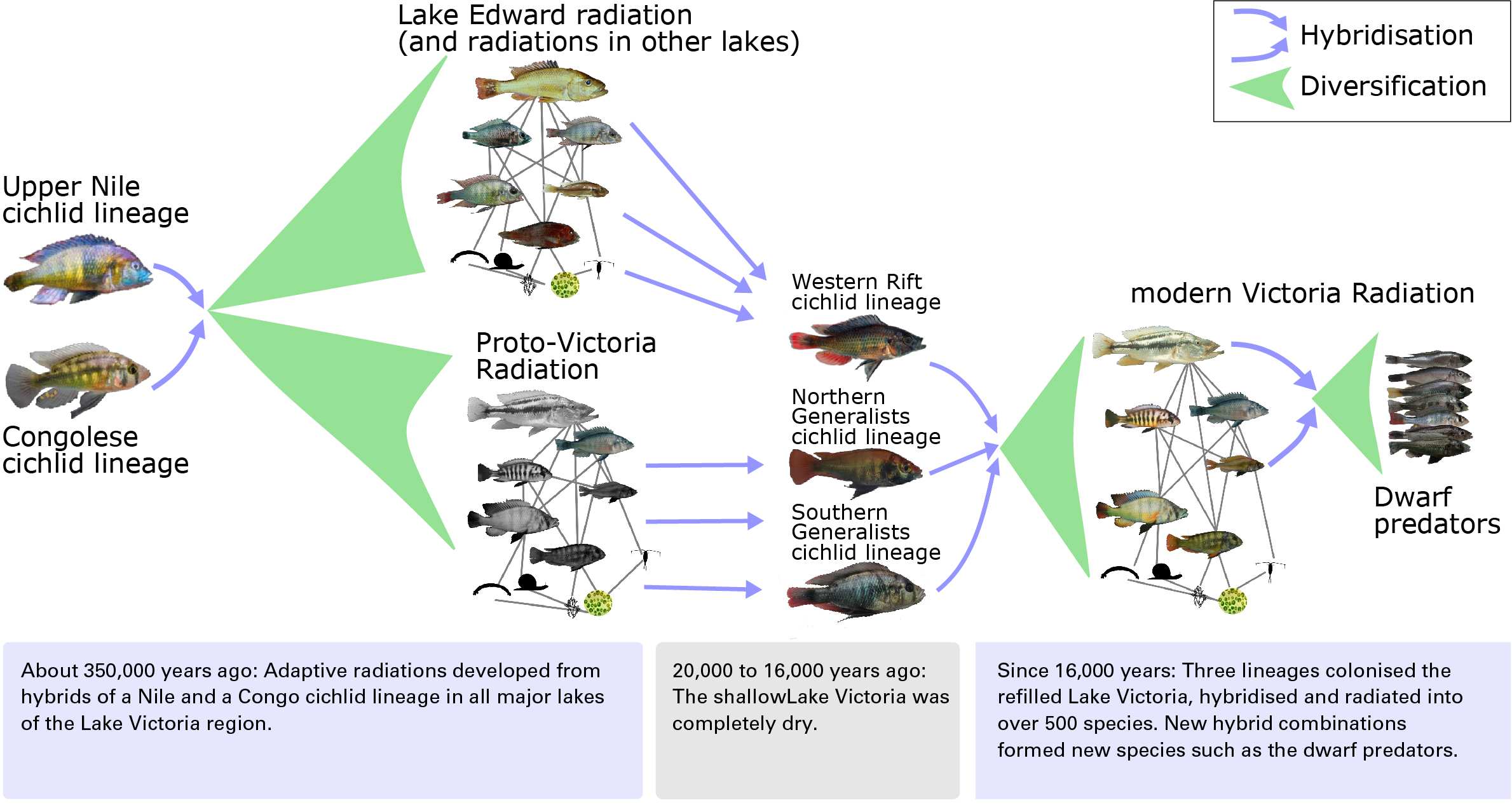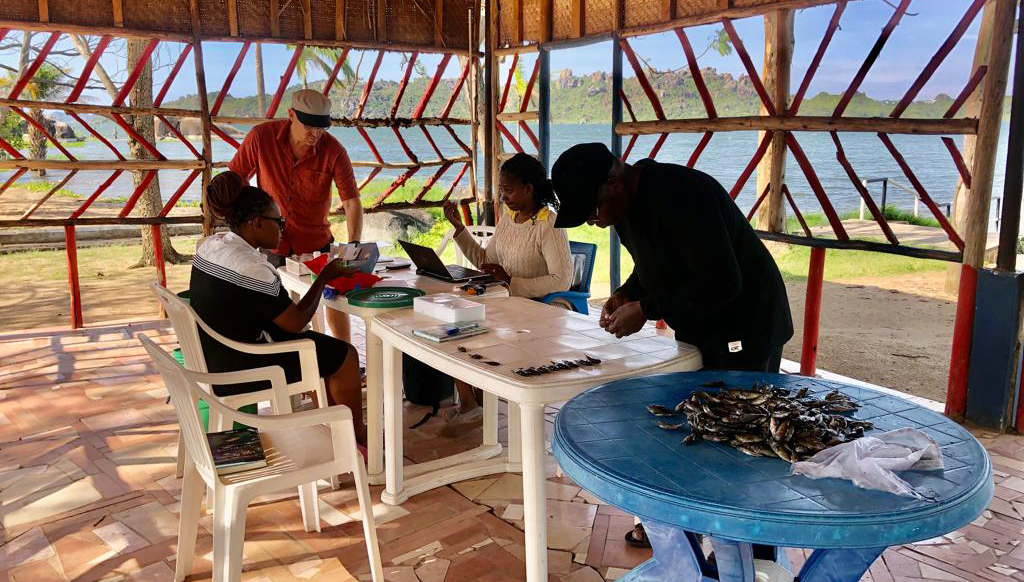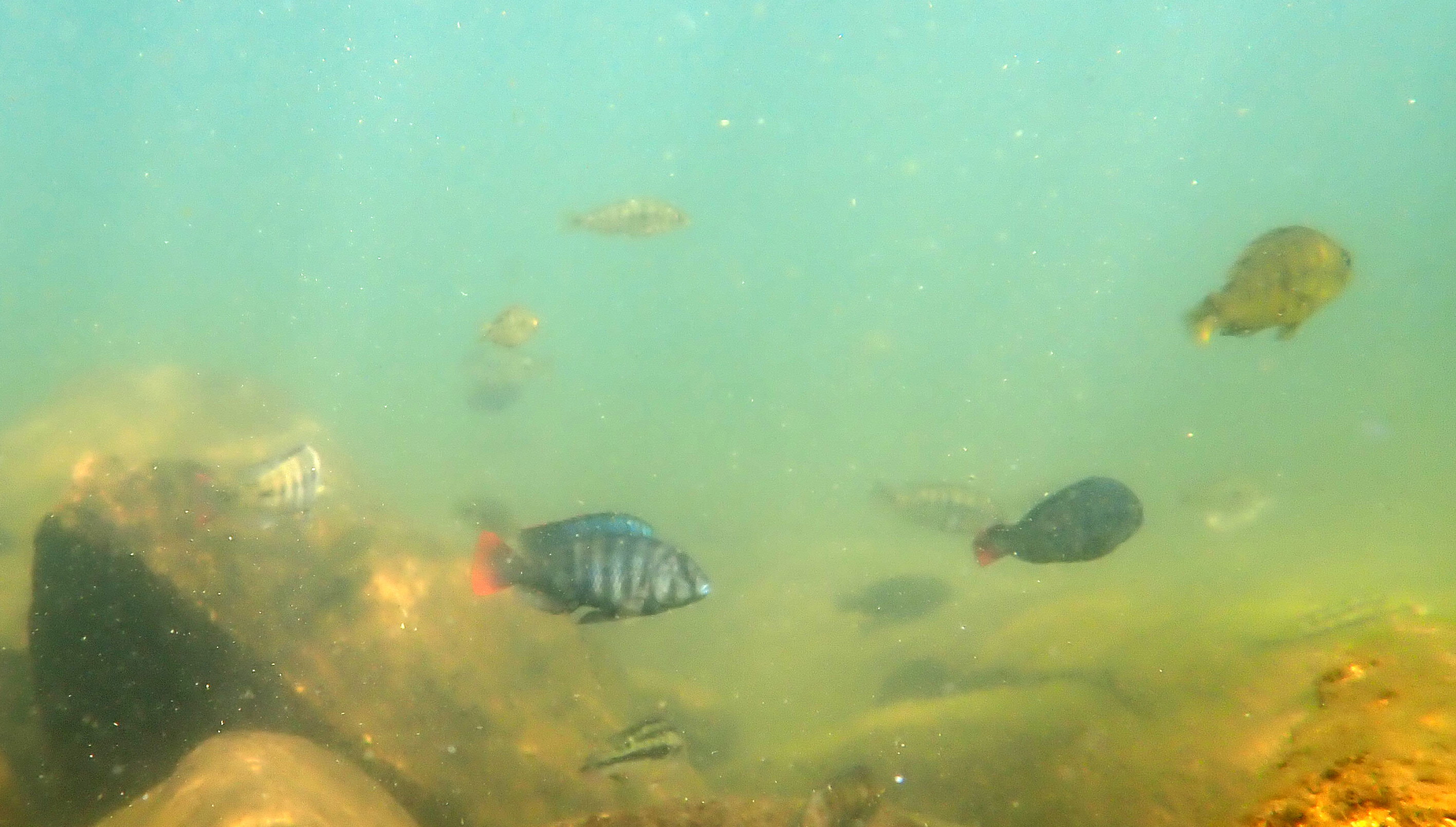In the fast lane thanks to genome recycling
In just 16,000 years, more than cichlid 500 species, distributed throughout the entire food web, have evolved in Lake Victoria. This explosion of biodiversity was made possible by repeated cycles of fusion and diversification in evolutionary lineages, as researchers from Eawag and the University of Bern have described in the “Science” and “Nature” journals. The results underscore that it is not just species that need protection, but entire “species swarms”.
A good part of the world’s biodiversity has evolved through adaptive radiation. This means that when new habitats are colonised, many new, closely related species emerge from a parent species within a few hundred thousand or even ten thousand years, occupying different ecological niches. Examples of this are Darwin’s finches on the Galapagos Islands, chars in Greenland, amphipods in European groundwater streams, or whitefish in the deep lakes near the Alps.
But why do some families tend to speciate quickly while others do not? Two teams led by Ole Seehausen from the Swiss aquatic research institute Eawag and the University of Bern investigated this question on the basis of the fastest and largest known radiation of cichlids in Lake Victoria. They discovered answers in the genomes of the fish and in fish fossils from the lake sediments. These finding have just been published in the “Science” and “Nature” journals.
Starting with the survivors of a disaster
The history of today’s cichlid abundance in Lake Victoria began with a disaster. Towards the end of the last ice age, about 20,000 years ago, Lake Victoria dried up. Remnants of its previously presumably rich fish life survived the almost 4,000-year drought phase in isolated swamps that were left over from Africa’s largest lake.
When the lake basin filled up with water once again, the survivors also returned. Using over 7,000 fish teeth from sediments dating back almost 17,000 years, Nare Ngoepe, lead author of the “Nature” study, was able to identify five different families of carp-like catfish and cichlids.
Only one of these families, however, the cichlids, has since rapidly split into different species with as many as 500 today. According to the “Science” study, which compared the genomes of present-day species, these 500 species are descended from a hybrid population that arose at the same time as the lake was reforming. Hybrids are formed when two individuals of different species mate. In Lake Victoria, which regained size after the drought phase, three different cichlid lineages, themselves the product of hybridisation more than 300,000 years earlier, came together, intermingled and thus combined their genomes.
Rapid specialisation
As the hybrid population spread, parts of it began to specialise. These sub-populations increasingly reproduced in isolation from each other due to different behavioural patterns. Ecological differentiation and the associated selection of different genomes in different ecological niches quickly led to the formation of different species. These, in turn, were able to successfully expand into new, even more extreme ecological niches.
“The new cichlid species tapped into the entire food web,” says Joana Meier, lead author of the “Science” study. “As a result, several genera developed that specialised on very specific algae or insects, on waste or plant parts, while others sought out fish eggs, filtered plankton from the water, or developed special hunting techniques for hatchlings, young fish and adults.”
Since the fish were closely related, new hybridisations were possible once again, tightening the food web with new combinations of genetic material. At common spawning sites of large hunters and small plankton filter feeders, for instance, several species of dwarf hunters evolved at once. This ecotype, which only exists in Lake Victoria, combines anatomical characteristics of the head of large hunters with the size and body shape of plankton eaters, which has made it possible to take advantage of new resources.
All fish species had the same starting point
The success of cichlids is not due to the fact that they were in the new Lake Victoria before the other fish species and monopolised resources for themselves,” noted Nare Ngoepe on the basis of fish fossils. “On the contrary, carp-like fish dominated for the first thousand years or so after recolonisation.”
But as the water levels rose and a deep lake developed, the species that specialised in shallow water and small streams remained tied to the areas near the shore and marshes. “The cichlid fossils, on the other hand, are common in the sediments of these new habitats,” says Ngoepe. Evidently, the cichlids immediately rushed into the open water or into the depths of the lake.
Diversity survives as a puzzle
The fact that the cichlids were able to conquer the new lake so quickly, and efficiently use the entire food web, was only possible thanks to the diverse genomes that came together in hybrid swarms. “The few genetic mutations that arose in the short evolutionary time frame of the last 16,000 years did not play a role,” says Joana Meier. “The decisive factor was rather that different genomes that had survived in the various cichlid lineages only had to be ‘recomposed’ after the drought phase.” For example, one parent line brought the genetic information relevant to hunters, while the genomes of the other two lines enabled the specialisations of algae eaters and herbivores.
Thanks to the cycles of hybridisation and specialisation, countless variants of hereditary traits that have accumulated over millions of years within the cichlid populations were preserved despite the region’s turbulent climate history and repeated species extinctions,” says Ole Seehausen. After all, even if some of the specialised species were lost in a disaster, a large part of their genomes survived, distributed among the few surviving populations. When these populations came together again, the lost specialisations could be quickly “reconstructed” and new ones “invented”.
Protecting development potential with species swarms
“These are important findings for the conservation of biodiversity,” says evolutionary and fish biologist Seehausen. Attempts to protect individual species fall short, especially in times when humans are increasingly triggering ecological disasters with over-fertilisation and construction, and with the introduction of invasive species and climate change. “We must also protect the development potential of entire ‘species swarms’ because they can help ecosystems recover more quickly, and with them their vital functions for humans. Prerequisites for this are contiguous habitats that allow animal migrations, a large variety of different ecological niches so that diverse genomes are maintained through diverse selection, and an understanding of evolution that does not view occasional hybridisation across species boundaries as a dead end.”
Source: Eawag
Publication details:Meier, J. I.; McGee, M. D.; Marques, D. A.; Mwaiko, S.; Kishe, M.; Wandera, S.; Neumann, D.; Mrosso, H.; Chapman, L. J.; Chapman, C. A.; Kaufman, L.; Taabu-Munyaho, A.; Wagner, C. E.; Bruggmann, R.; Excoffier, L.; Seehausen, O. (2023) Cycles of fusion and fission enabled rapid parallel adaptive radiations in African cichlids, Science Vol. 381, Issue 6665 doi: https://doi.org/10.1126/science.ade2833 Ngoepe, N.; Muschick, M.; Kishe, M. A.; Mwaiko, S.; Temoltzin-Loranca, Y.; King, L.; Courtney Mustaphi., C.; Heiri, O.; Wienhues, G.; Vogel, H.; Cuenca-Cambronero, M; Tinner, W.; Grosjean, M.; Matthews, B.; Seehausen, O. (2023) A continuous fish fossil record reveals key insights into adaptive radiation, Nature: https://www.nature.com/articles/s41586-023-06603-6 |
The history of the lake and its colonisationThe genomes of cichlids tell the history of a gigantic family. However, the open question was why this cichlid family was able to use the resources so comprehensively and with such differentiation? Was it perhaps because of a temporal head start in the recolonisation of Lake Victoria? To find out, the interdisciplinary team led by Nare Ngoepe and Ole Seehausen, together with palaeoecologists from the University of Bern led by Willy Tinner and Martin Grosjean, took a palaeoecological approach for the new “Nature” study, the first time ever in the study of adaptive radiations in large lakes. Using fossil teeth, which allow a taxonomic determination at least down to the fish family level, as well as other organic material from sediment cores, they succeeded in seamlessly reconstructing the ecology of Lake Victoria over the last 17,000 years and refuting the hypothesis of an initial cichlid dominance. |
The family historyTo reconstruct the family trees of adaptive radiation in Lake Victoria, Joana Meier analysed 464 genomes of East African cichlids for the new “Science” study from a collection that Ole Seehausen and his team had built up over the last three decades for morphological, ecological and genetic studies. 288 genomes came from 120 species, representing all known cichlid genera and ecotypes of Lake Victoria with the exception of the extinct scale eater; there were also genomes of cichlid species from other parts of the Great African Lakes region. |
Institute of Ecology and EvolutionThe Institute of Ecology & Evolution at the University of Bern is devoted to research and teaching in all aspects of ecology and evolution, and aim to provide a scientific basis for the understanding and preservation of our living world. Its researchers study the mechanisms by which organisms respond to and interact with their environment, including phenotypic responses at individual level, change in gene frequencies at population level, change in species composition and abundance at community level, and the functioning of whole ecosystems. Learn more |
2023/10/04
Images
